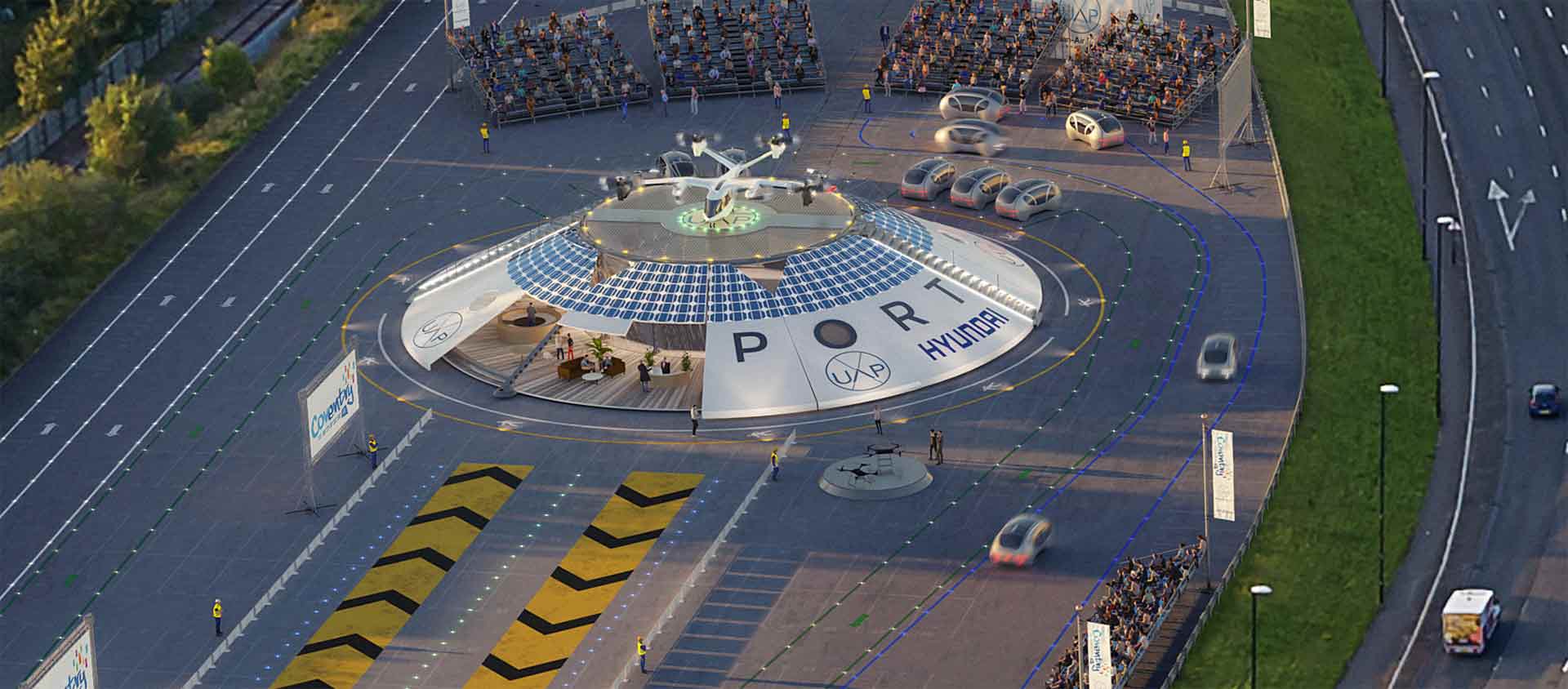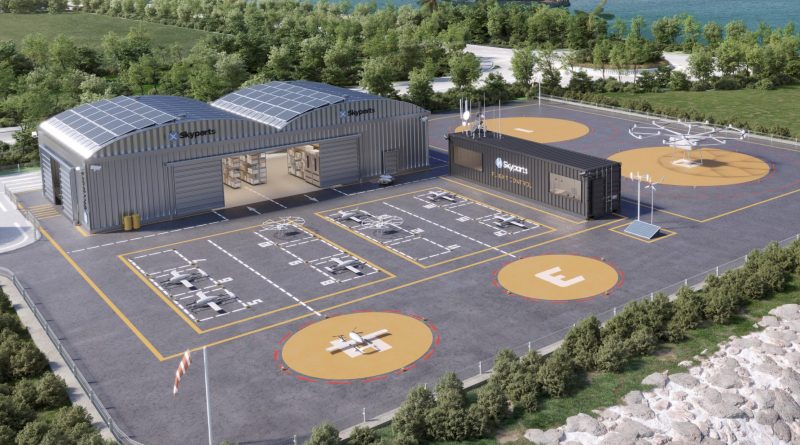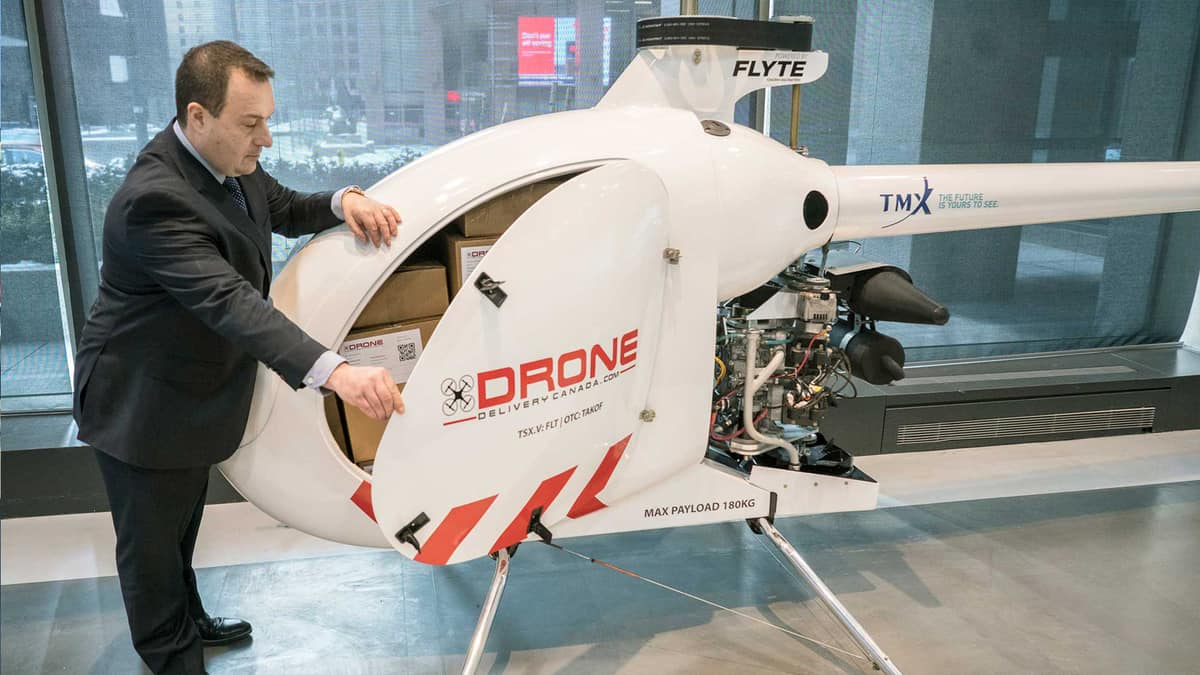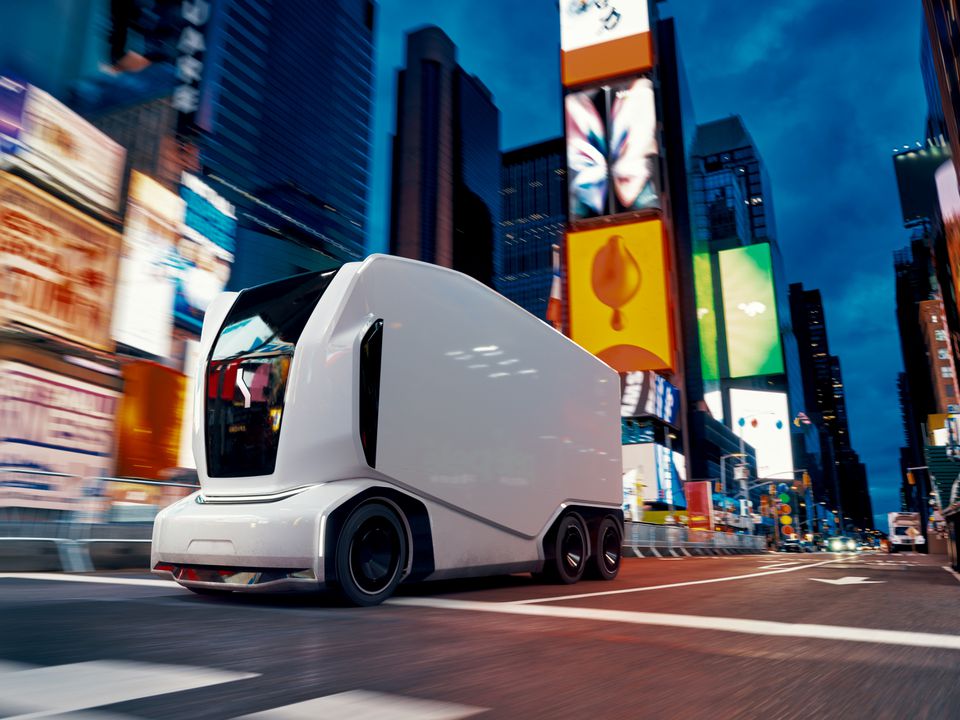
Urban-Air Port wins backing from Hyundai for network of ground hubs
Hyundai’s new Urban Air Mobility Division is joining forces with UK start-up Urban-Air Port to develop 65 ground facilities for eVTOL aircraft, drones, and other electric vehicles in the U.S., Europe, and the Asia Pacific region. Over the next five years, Urban-Air Port aims to build 200 sites worldwide, and it intends for many of these to be integrated with other modes of transportation.
According to Urban-Air Port, it is designing its facilities as modular hubs that can be installed in compact spaces. They will provide off-grid charging and maintenance for any type of eVTOL aircraft or drone as well as for electric cars, buses, or scooters.
The design concept is intended to be suitable not only for city locations but also for remote rural areas. Part of their envisaged purpose is for rapid deployment to support emergency relief efforts during natural disasters.
The footprint of each hub is expected to be around 60 percent smaller than that of a traditional heliport. Design drawings show an elevated pod structure with a landing pad for aircraft on top of a terminal building for passengers and support services.
In its September 15 announcement, Urban-Air Port said it is also partnering with hydrogen fuel cell specialist AFC Energy to provide off-grid power for recharging, starting at the first of the 65 vertiports, which is due to open at Coventry in England early in 2022.
The Air-One hub is part of an urban air mobility research and development project that has received around $1.6 million in funding from the UK government’s FutureFlight Challenge program. Coventry City Council is also supporting the planned operational trials with various types of vehicles.
Hyundai is working to develop its own eVTOL aircraft, with a view to getting them into commercial service by 2028. The Korean automotive group has wider ambitions and seeks to be involved in all aspects of the so-called urban air mobility ecosystem.
Keep Reading

Ireland to open first passenger and cargo vertiport in 2022
Skyports, Future Mobility Campus Ireland, Avtrain and Shannon Group have signed a memorandum of understanding (MoU) to establish Ireland’s first passenger and cargo vertiport ...
Read More

Drone Delivery Canada begins flights for first paying customer
Drone Delivery Canada (DDC) is advancing several programs for cargo drones, including plans to launch revenue-generating package deliveries this month ...
Read More

Swedish self-driving start-up Einride expands into U.S. market
Swedish electric self-driving truck start-up Einride said on Wednesday it has launched operations in the U.S. market and signed up GE Appliances, Swedish vegan milk maker Oatly and tiremaker Bridgestone ...
Read More